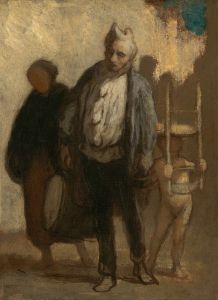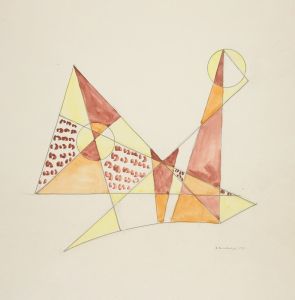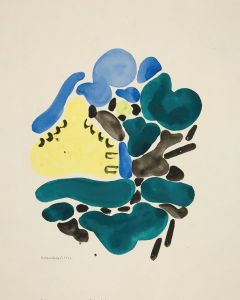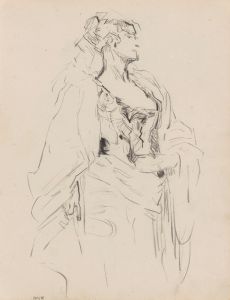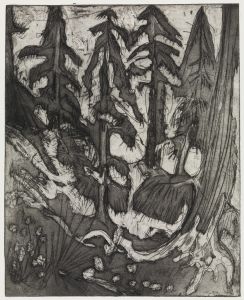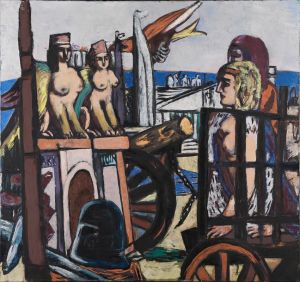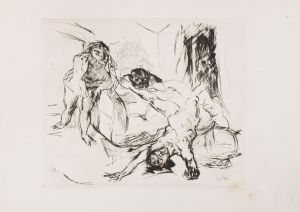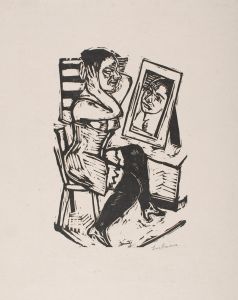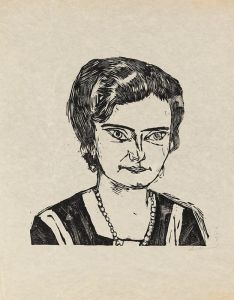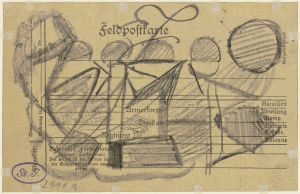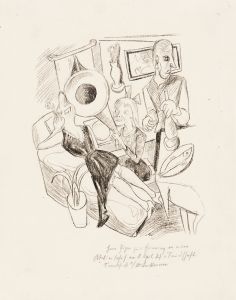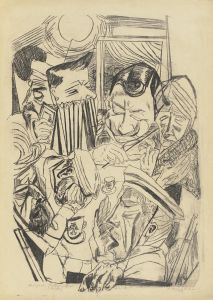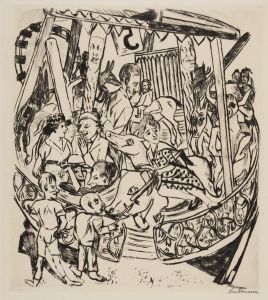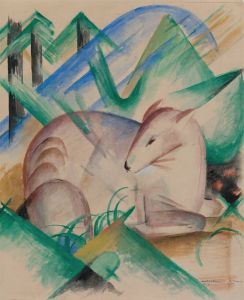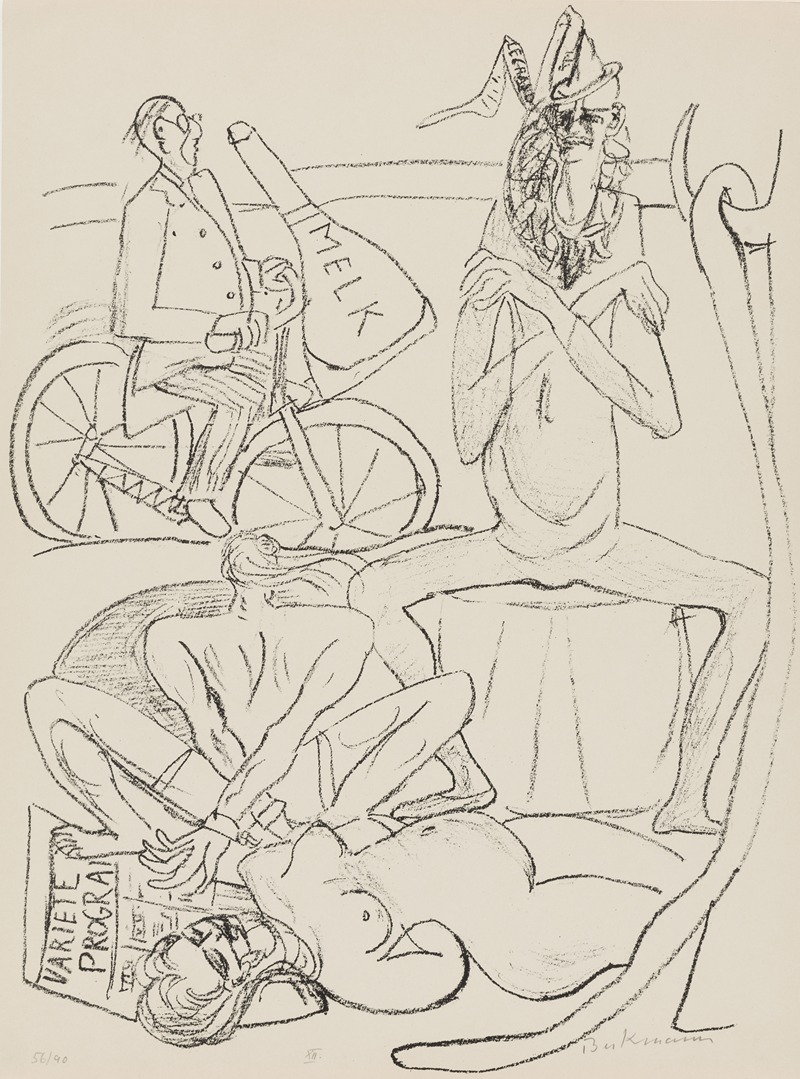
Circus
A hand-painted replica of Max Beckmann’s masterpiece Circus, meticulously crafted by professional artists to capture the true essence of the original. Each piece is created with museum-quality canvas and rare mineral pigments, carefully painted by experienced artists with delicate brushstrokes and rich, layered colors to perfectly recreate the texture of the original artwork. Unlike machine-printed reproductions, this hand-painted version brings the painting to life, infused with the artist’s emotions and skill in every stroke. Whether for personal collection or home decoration, it instantly elevates the artistic atmosphere of any space.
Max Beckmann's painting "Circus" is a notable work by the German painter, created in 1923. Beckmann, born in 1884, was a prominent figure in the German Expressionist movement, although his style evolved significantly over his career. "Circus" is a reflection of his interest in the human condition and the complexities of modern life, themes that are prevalent throughout his oeuvre.
The painting "Circus" captures a vibrant and dynamic scene, filled with performers and spectators, embodying the chaotic and often surreal atmosphere of a circus. Beckmann's use of bold colors and dramatic contrasts enhances the sense of movement and excitement within the composition. The figures in the painting are rendered with a certain degree of distortion and exaggeration, a characteristic feature of Beckmann's style that underscores the emotional intensity of the scene.
Beckmann's fascination with the circus can be linked to his broader interest in theatrical and performative elements, which he often used as metaphors for the human experience. The circus, with its blend of reality and illusion, provided a rich source of inspiration for Beckmann to explore themes of identity, performance, and the complexities of social roles.
The painting is also notable for its composition, which is densely packed with figures and activity, creating a sense of claustrophobia and tension. This compositional approach reflects Beckmann's view of the modern world as a place of constant flux and turmoil. The central figure in "Circus" is often interpreted as a self-portrait of Beckmann, suggesting his identification with the performers and their struggles.
"Max Beckmann's Circus" is housed in the Städtische Galerie im Lenbachhaus in Munich, Germany. The painting is part of the museum's extensive collection of modern art, which includes works by other prominent German artists of the early 20th century. The Lenbachhaus is renowned for its collection of Expressionist art, particularly the works of the Blue Rider group, with which Beckmann was loosely associated.
Beckmann's work, including "Circus," has been the subject of numerous exhibitions and scholarly studies, highlighting his significant contribution to modern art. His paintings are celebrated for their psychological depth, complex symbolism, and innovative use of color and form. "Circus" remains one of Beckmann's most compelling works, offering a vivid glimpse into his artistic vision and the cultural milieu of Weimar Germany.
In summary, "Circus" by Max Beckmann is a powerful example of the artist's ability to capture the essence of human experience through the lens of the circus. The painting's dynamic composition, bold use of color, and emotional intensity make it a standout piece in Beckmann's body of work and a significant contribution to the history of modern art.





